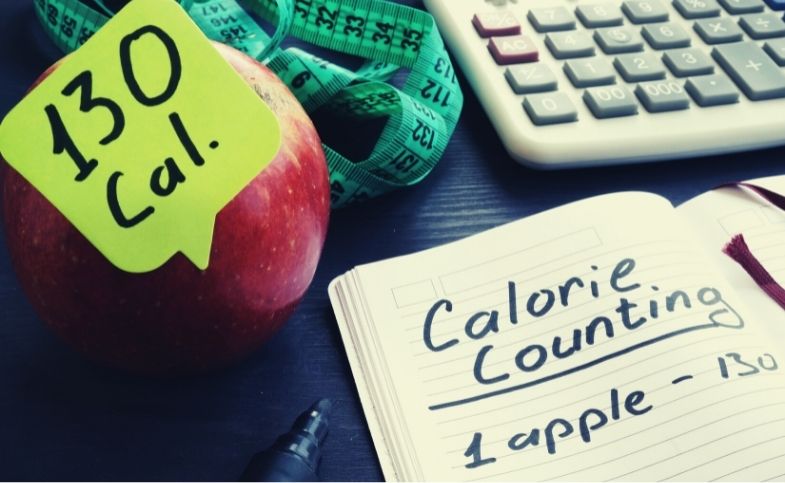In the fight against plastic pollution, more and more companies are saying that their packaging is “biodegradable” or “home compostable” But how much do these claims actually mean? British researchers set out to find out, but their results don’t prove much.
Plastic packaging isn’t easy to compost at home. In fact, this solution might not be as good for the environment as it seems at first. This is what the researchers at University College London found in a survey that was published in the journal Frontiers in Sustainability.
“Compostable and biodegradable plastics are growing in popularity, but their environmental credentials need to be more fully assessed to determine how they can be a part of the solution to the plastic waste crisis,” write the researchers who set out to look into these claims.
Complex Labelling
Using a method called “citizen science,” the study wanted to find out more about how people buy so-called “biodegradable” and “home compostable” plastic products, how well they know how to recycle them, and how well such packaging actually works.
The survey was done with 9,700 people from all over the UK over the course of two years. When asked if they were more likely to buy products with “compostable” or “biodegradable,” labels on the packaging, 85% said “yes.”
1,648 of the participants took part in the home-composting experiment (but only 902 completed it). For the experiment, cups, jars, forks, spoons, and newspaper wrappers were put in the compost and then checked for traces of plastic. Within six months, 90% of the carbon in the test materials had to be gone for them to be considered compostable.
The results show that consumers still have a hard time understanding labels with words like “compostable” and “biodegradable”
Hardly Reproducible Laboratory Conditions
The study also shows that lab tests for these materials don’t work, which is a bigger problem for the plastics industry and raises questions about whether these product standards actually protect the environment.












